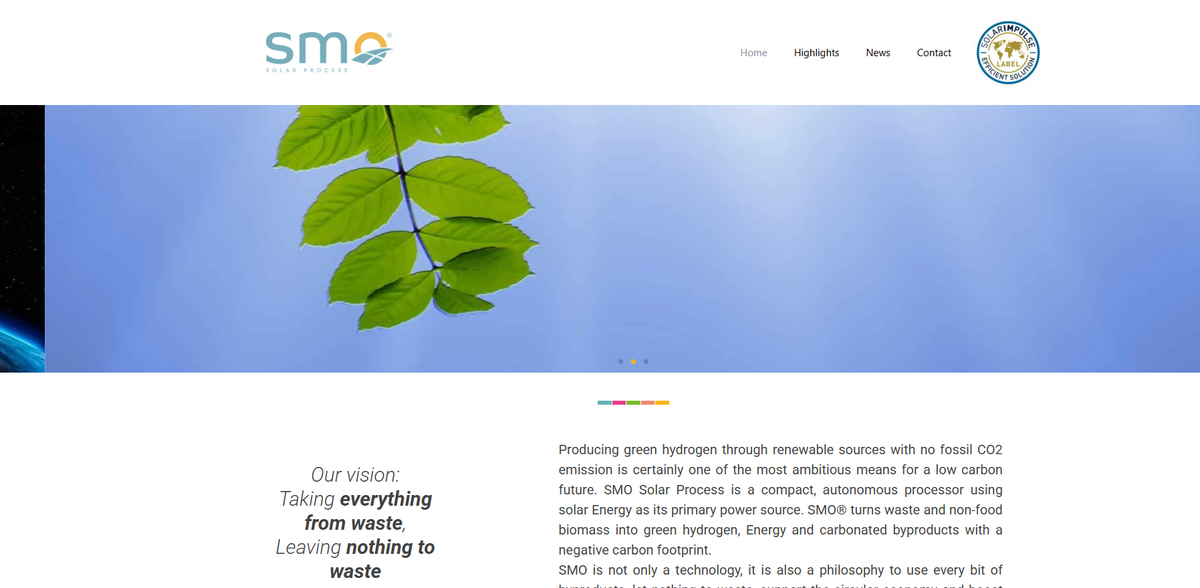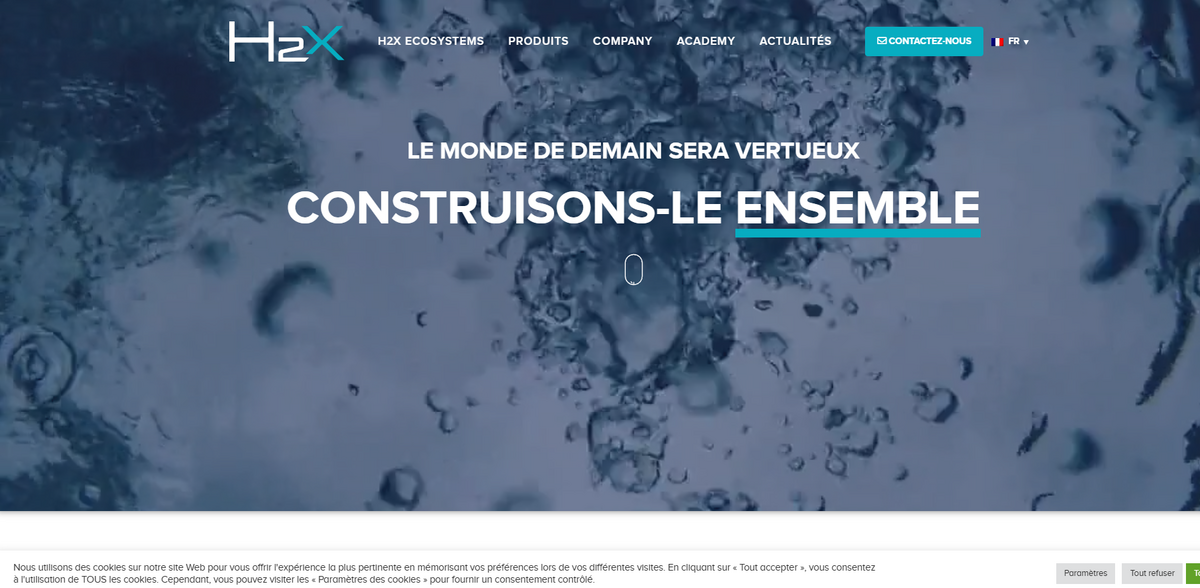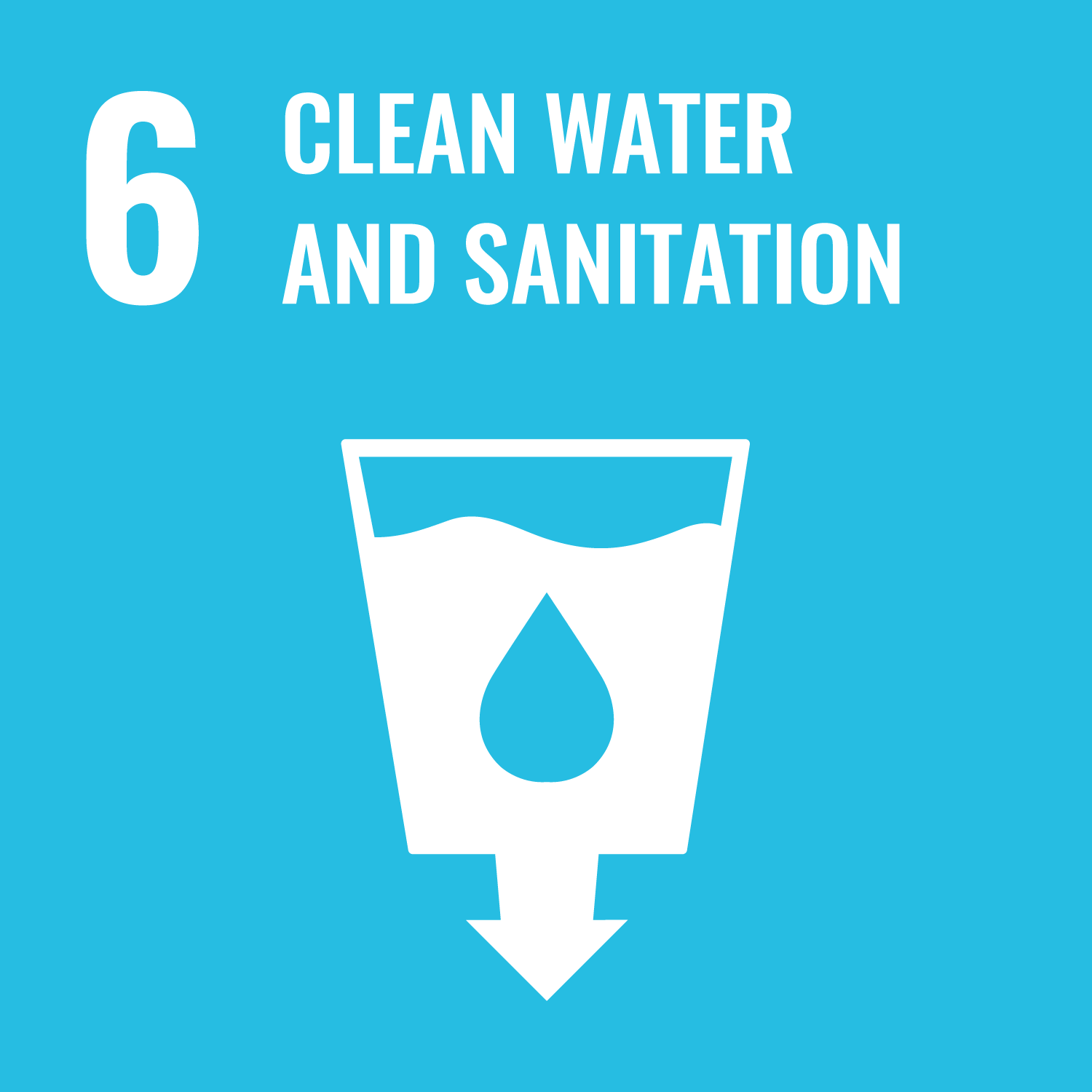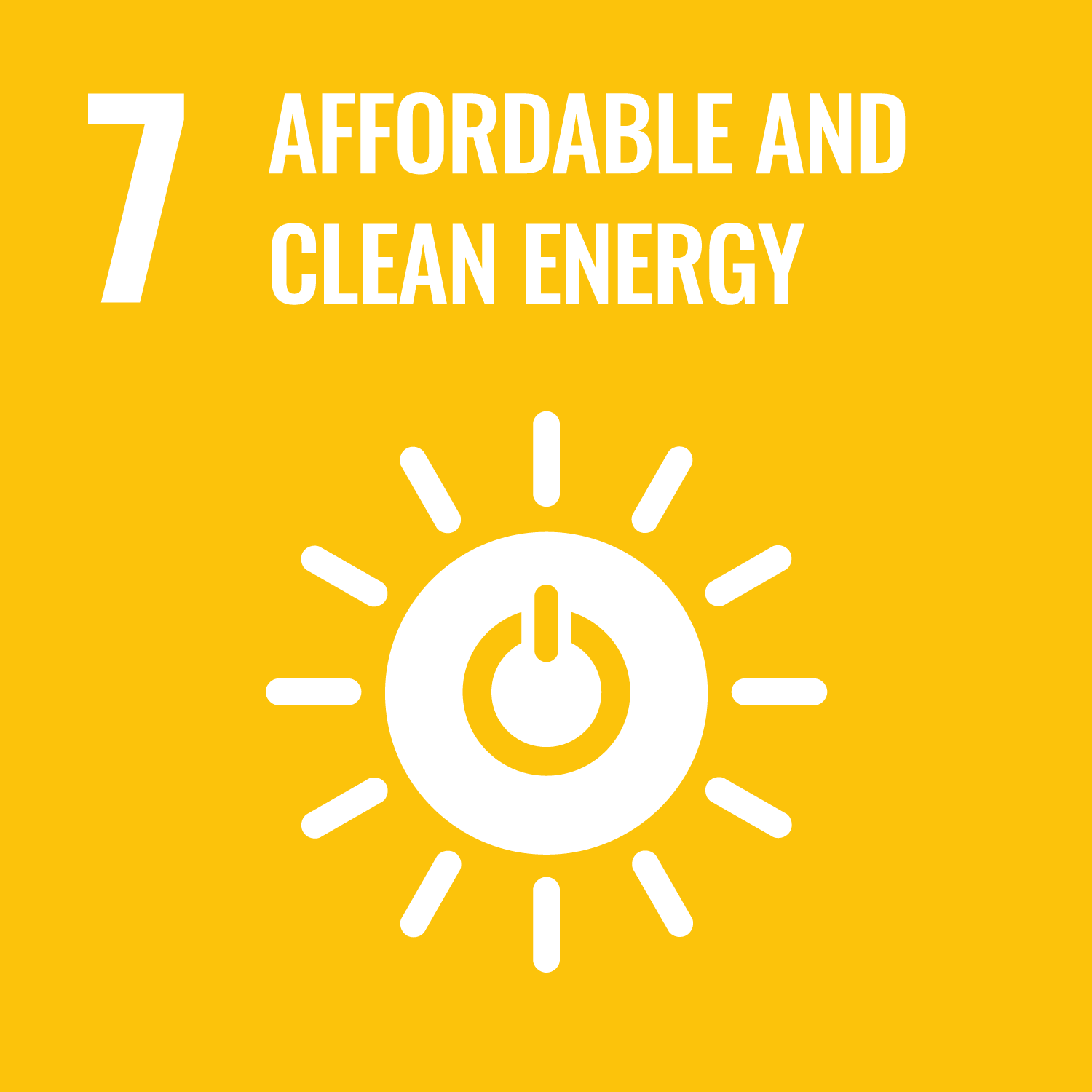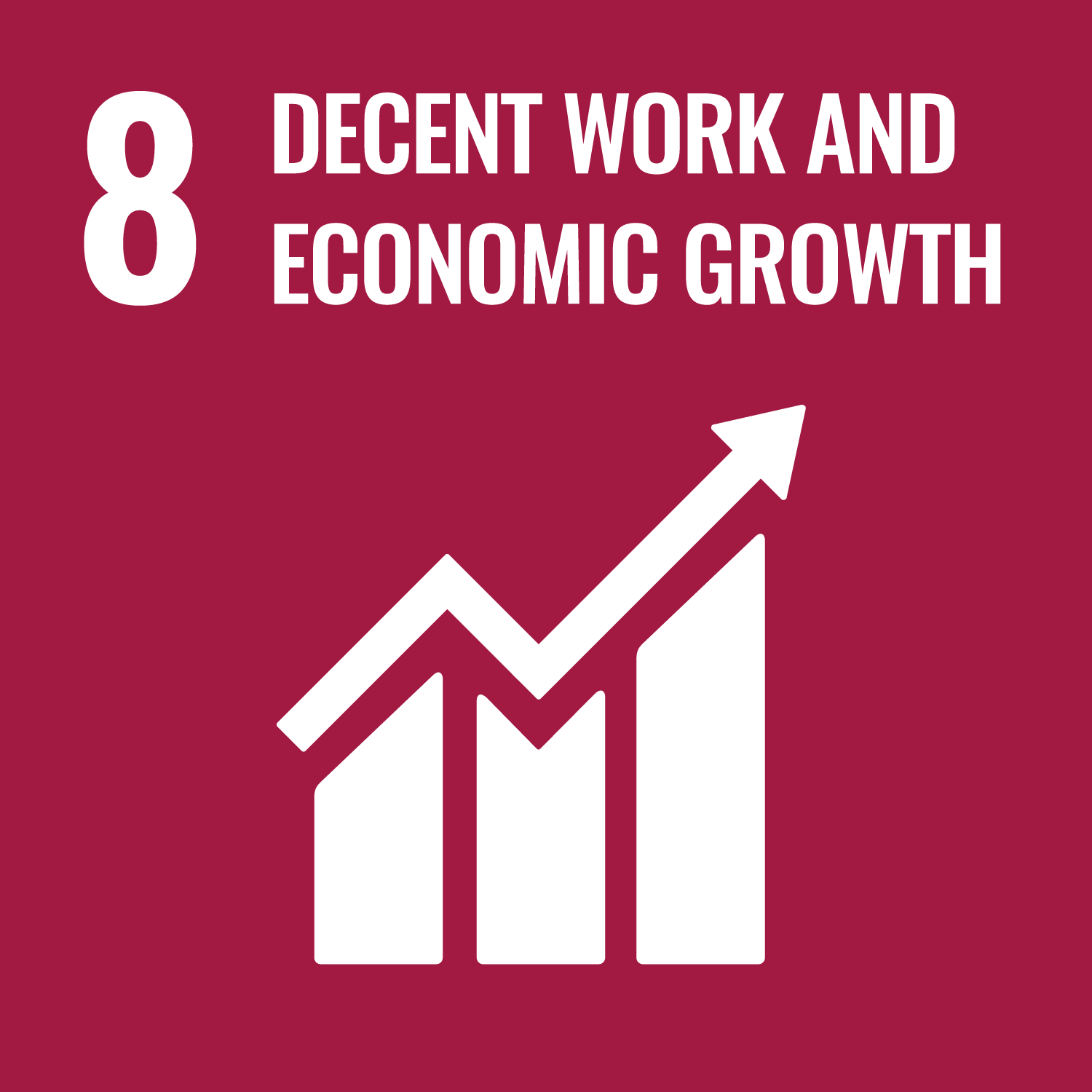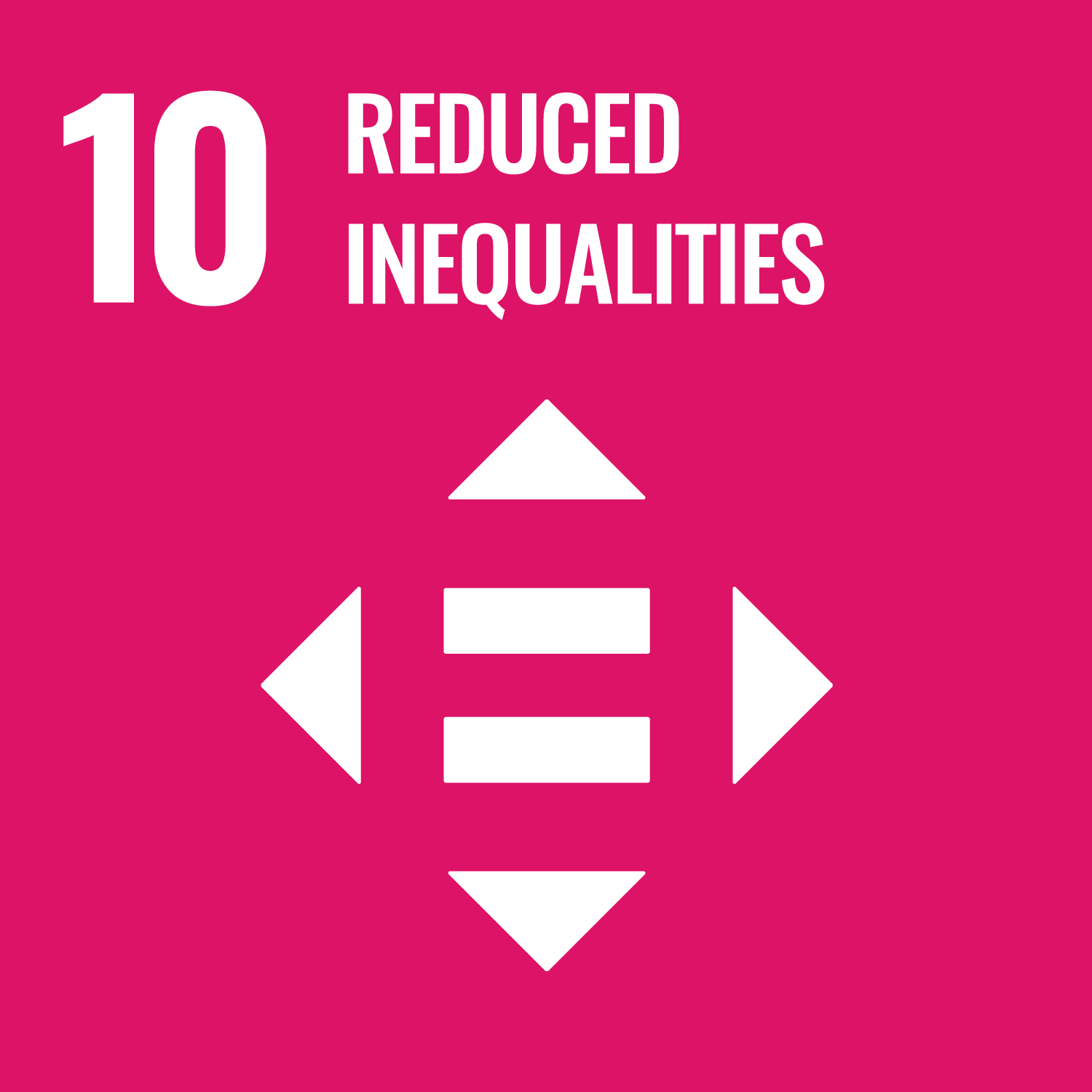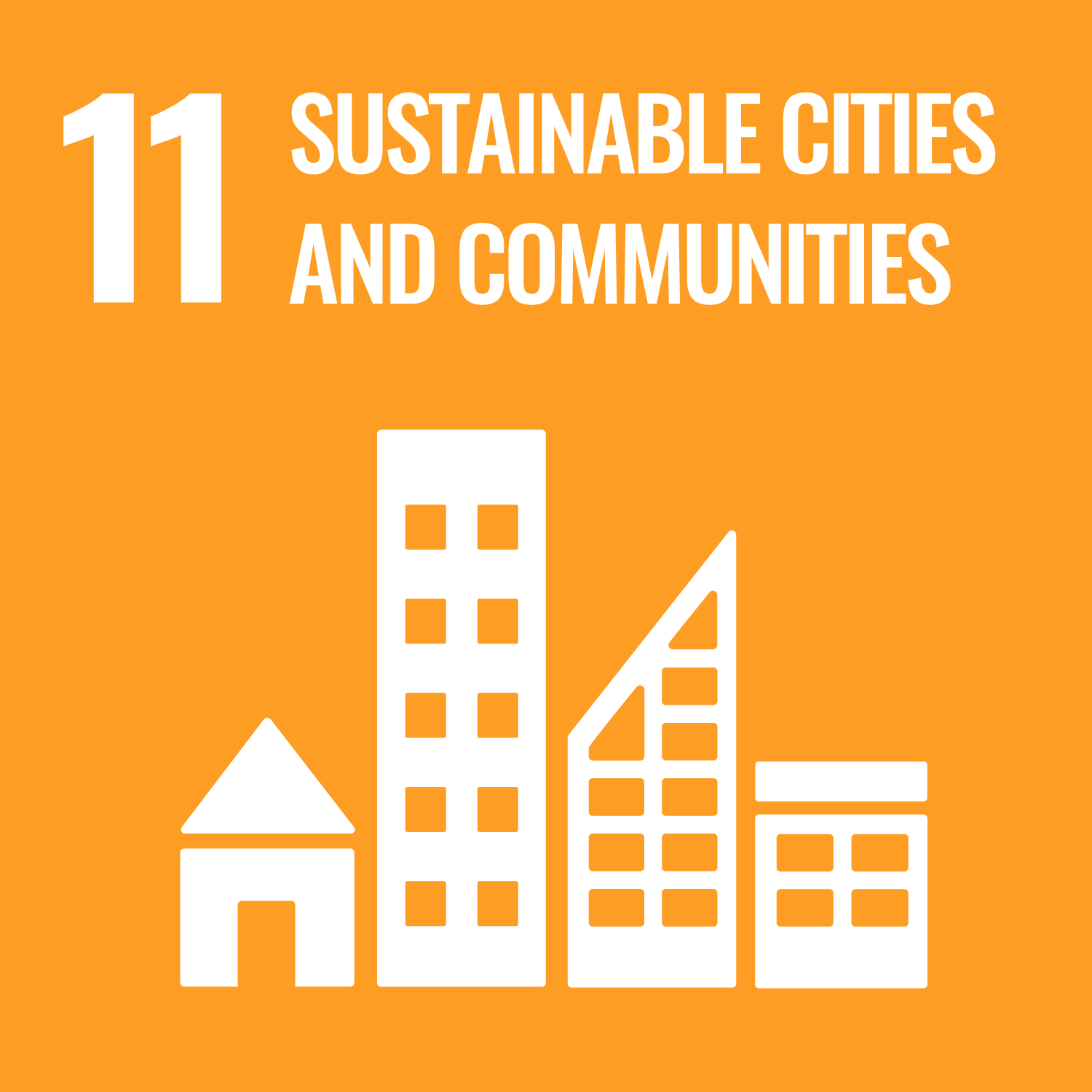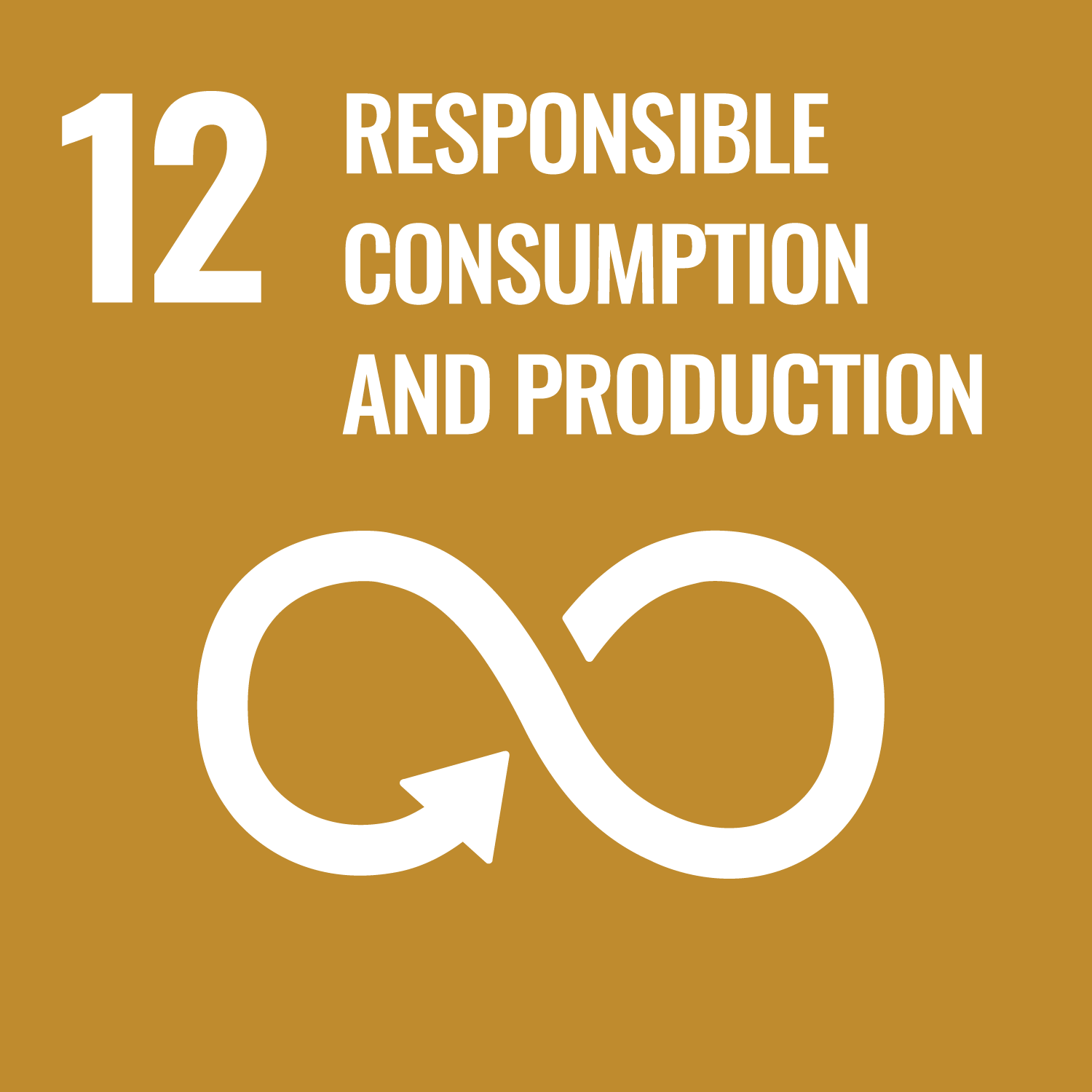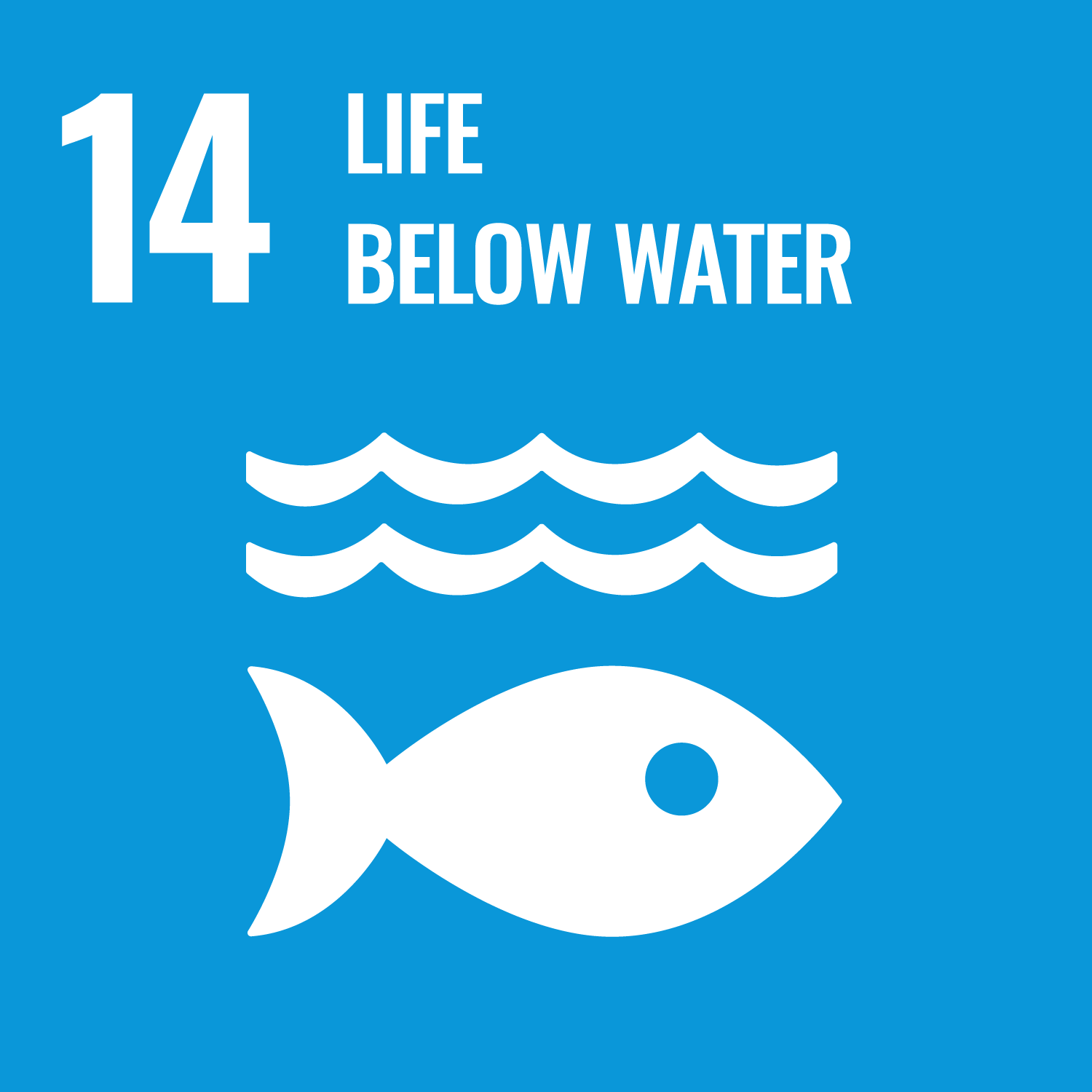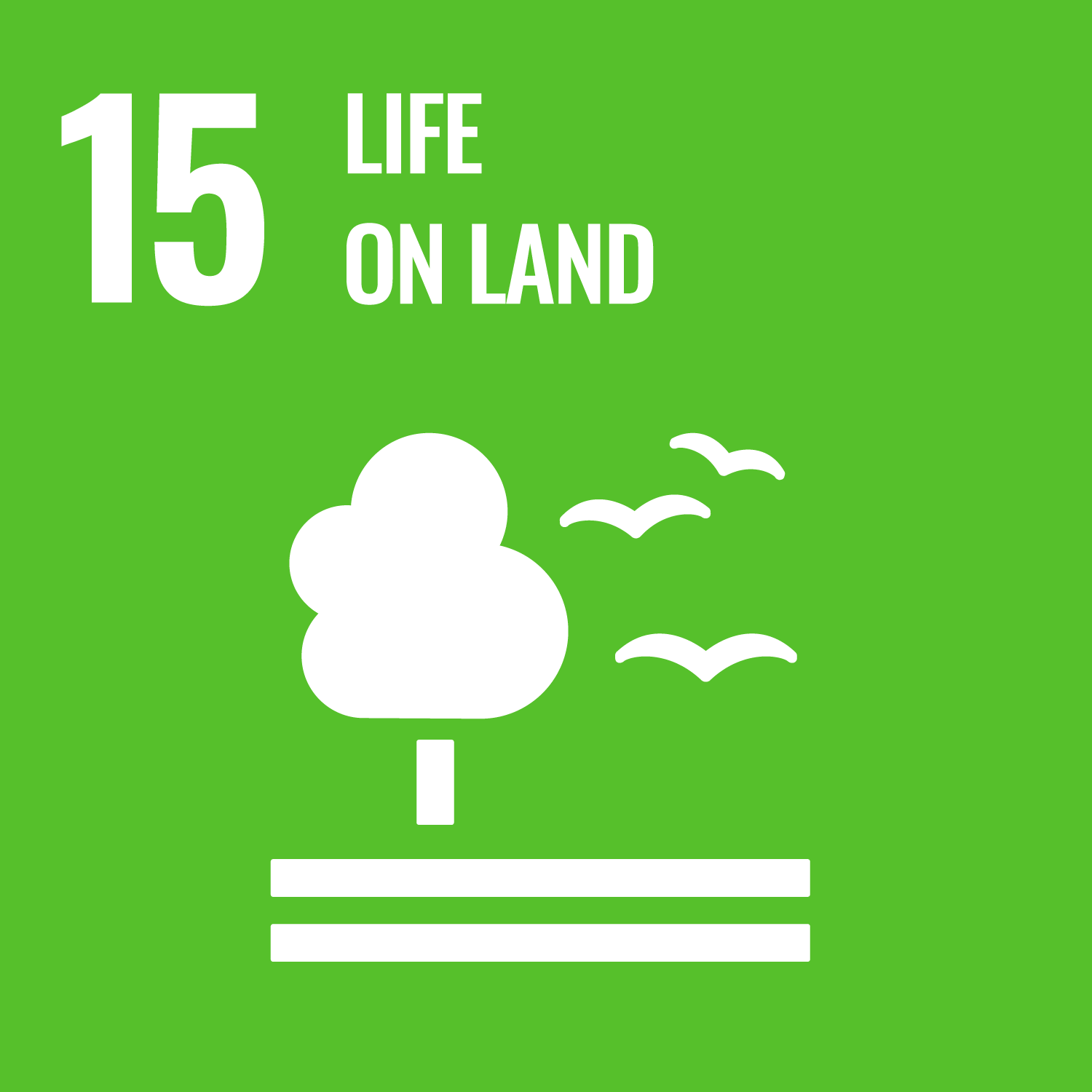What is the SMO Solar Process Project?
The SMO Solar Process project is all about turning the challenges of waste into promising opportunities. Through solar energy and waste, SMO® hydrogen rises from the carbon ashes. It is a compact, autonomous processor powered primarily by solar energy and designed to transform waste and non-food biomass into green hydrogen, energy, and carbonated byproducts with a negative carbon footprint. The project’s spirited motto is: “Take everything from waste, leave nothing to waste,” which speaks to an unwavering commitment toward a circular economy where every bit is used effectively… and nothing is wasted.
Main Benefits and Key Figures
SMO® uniquely delivers great value by combining green hydrogen production with CO2 sequestration. Here are some key figures that illustrate the impact of just one SMO® unit annually:
- Input: 8,450 tons of dry waste, including non-food biomass and household waste
- Green hydrogen produced: 700 tons
- Clean electricity generated: 13 GWh
- Carbon offsets: 3,205 tons captured and 6,120 tons avoided
- Activated carbon produced: 2,800 tons
- Biochar produced: 5,000 tons
- Carbon powder produced: 874 tons
Innovative Technology and Operations
At its core, SMO Solar Process is not merely a technology, it is a philosophy. The process couples hydrogen production with innovative Carbon Capture and Utilization techniques that lead to CO2-free energy production. It’s impressive how the method manages to store fossil CO2 as carbon powder, activated carbon, and biochar during the procedure, effectively capturing what would otherwise contribute to global warming. There is a synergy here—a blend of renewable innovation and practical environmental impact—that is both inspiring and forward-thinking.
Sustainable Circular Economy Approach
The SMO project champions the idea of using every bit of byproduct, reinforcing its vision of taking everything from waste and leaving nothing to waste. This approach supports a robust circular economy where waste is not merely discarded but rather transformed into useful products. By turning waste into green hydrogen, clean electricity, and valuable carbonated products, the project drives forward efforts to decarbonize industry while opening doors for local energy resilience. This philosophy of efficiency and sustainability is at the heart of its design—embracing the idea that every resource counts.
Thermosolar Pyrolysis and Gasification
Developed by SAS NumSmoTechnologies (NST) in 2009, the SMO project leverages proprietary thermosolar pyrolysis and gasification solutions. These innovative techniques contribute to CO2 sequestration by recycling carbon dioxide and producing green hydrogen in the process. Specifically, the method treats waste as a fixing substrate, leading to a synergistic approach that supports three crucial pillars for a climate-resilient future: green hydrogen production, CO2 sequestration, and waste treatment. This combination not only highlights the sophisticated engineering behind the project but also its dedication to fundamental environmental principles.
Project Impact on SDGs
- SDG 7: Affordable and Clean Energy
- SDG 9: Industry, Innovation and Infrastructure
- SDG 12: Responsible Consumption and Production
- SDG 13: Climate Action
Future Outlook and Decentralized Energy
Looking to the future, the SMO Solar Process holds immense promise as part of a broader vision to create decentralized energy systems that are completely autonomous. By supporting the use of indigenous resources and championing a circular and sustainable economy, the project provides a blueprint for decentralized energy that could redefine local and industrial practices. This vision is not only about technology; it’s about embracing change, stimulating local economies, and fostering a dynamic model where energy, waste management, and environmental protection coexist harmoniously… paving the way for a low carbon future.

